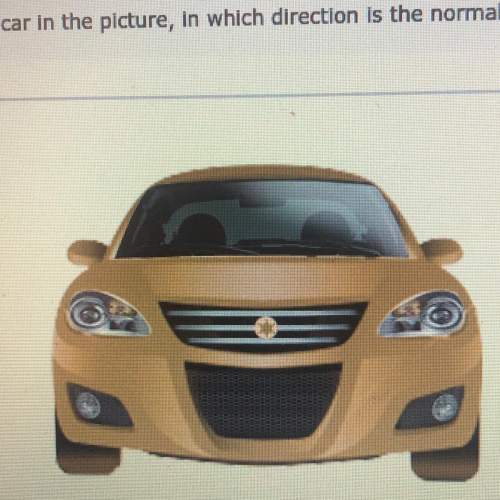
Physics, 21.03.2021 14:00 iisofieii1978
How to prove3 equations of motion graphically

Answers: 3


Other questions on the subject: Physics

Physics, 21.06.2019 23:00, desiwill01
We want to calculate the total metabolic heat generated by a singing canary taking into account heat transfer by radiation, convection and exhaling air. the air temperature is 20 oc, canary’s body internal and surface temperature is 33oc, external body surface convective heat transfer coefficient is 25.2 w/m2 .k, temperature difference between the inhaled and exhaled air is 4.3 oc, the ventilation rate is 0.74 cc of air per second, specific heat of air is 1.0066 kj/kg. k and density of air is 1.16 kg/m3 . assume the canary’s body to be a cylinder with 7 cm diameter and 9 cm length, and heat exchange is from the side as well as the top and bottom of cylinder. calculate 1) the net rate of heat lost by radiation, assuming heat gained by the bird through radiation from the surroundings is 11.5 w; 2) rate of heat transferred by convection to the surrounding air; 3) rate of heat transferred in the exhaling air without considering any internal evaporation; 4) total metabolic power.
Answers: 2


Physics, 22.06.2019 09:30, officialariana01
In a heat engine if 1000 j of heat enters the system the piston does 500 j of work, what is the final internal energy of the system if the initial energy was 2000 j? 1. write the equation 2.list out your known variables 3.plug the numbers into the equations 4.solve 5.write your solution statement that includes initial energy and final
Answers: 3

Physics, 22.06.2019 14:40, babygirl091502
The experiment done in lab is repeated, using a ball that has unknown mass m. you plot your data in the form of f 2 versus m/l, with f in rev/s, m in kg, and l in m. your data falls close to a straight line that has slope 3.19 m/(kg · s2). use g = 9.80 m/s2 and calculate the mass m of the ball.
Answers: 1
You know the right answer?
How to prove3 equations of motion graphically...
Questions in other subjects:

Health, 27.07.2021 08:10

Physics, 27.07.2021 08:10


Physics, 27.07.2021 08:10

History, 27.07.2021 08:10

Mathematics, 27.07.2021 08:10








